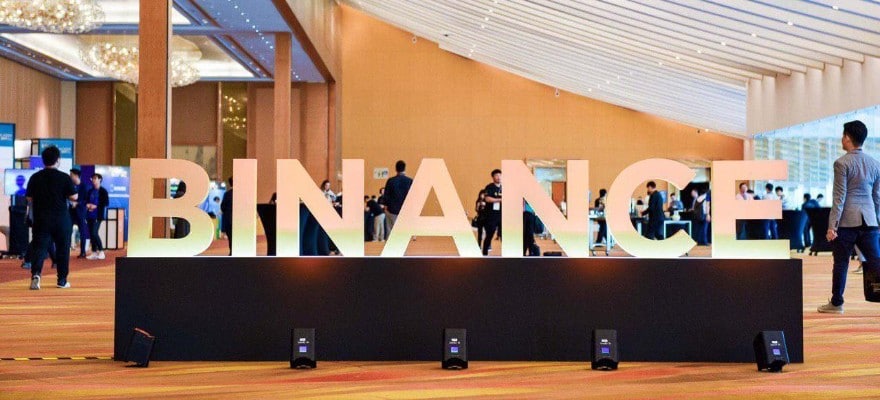Binance has brought features from the decentralized finance (DeFi) into its centralized ecosystem by launching the new automated market maker (AMM) pool today.
Dubbed Binance Liquid Swap, the new service will allow Liquidity providers to earn interest and income from trading fees, similar to the offerings of the recently boomed DeFi platform Uniswap.
It is the first kind of AMM pool attached to a centralized cryptocurrency exchange, and Binance is claiming that this model will provide “more stable prices and lower fees” on its exchange platform. However, traders should check on these claims if they decide to jump on the new services instead of placing market or limit orders.
Initially, the crypto exchange is adding three trading pairs on the AMM pool: USDT/BUSD, BUSD/DAI, and USDT/DAI. Thus, the exchange is prioritizing the liquidity of its own tokens.
Jumping on the DeFi Bandwagon without Decentralization
“With Binance Liquid Swap, prices and transaction fees depend on the number of assets in the liquidity pool,” Binance explained in the announcement. “These prices and fees change when you swap, add, or remove funds in the pool.”
“You’re entitled to your interest plus a cut of the transaction fees when you pool your tokens.”
Earnings to the traders’ contribution to the pool will be accumulated over a corresponding 7-day annual percentage yield (APY), and the returns will be converted into the assets into the respective pools.
“We hope to further the growth of the DeFi marketplace and empower our users with more earning power and easier liquidity through a centralized AMM pool with the credibility, safety, and security provided by Binance,” the exchange’s CEO, Changpeng Zhao said.
Binance also operates a decentralized exchange (DEX) for Cryptocurrencies . However, it still decided to introduce the AMM pools to its primary centralized exchange.

















